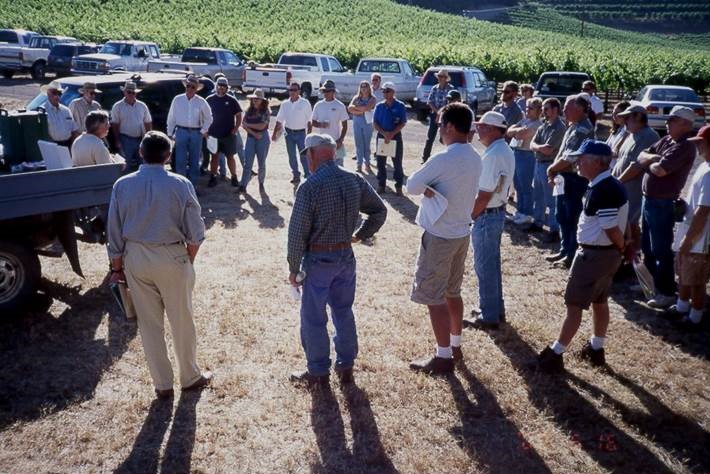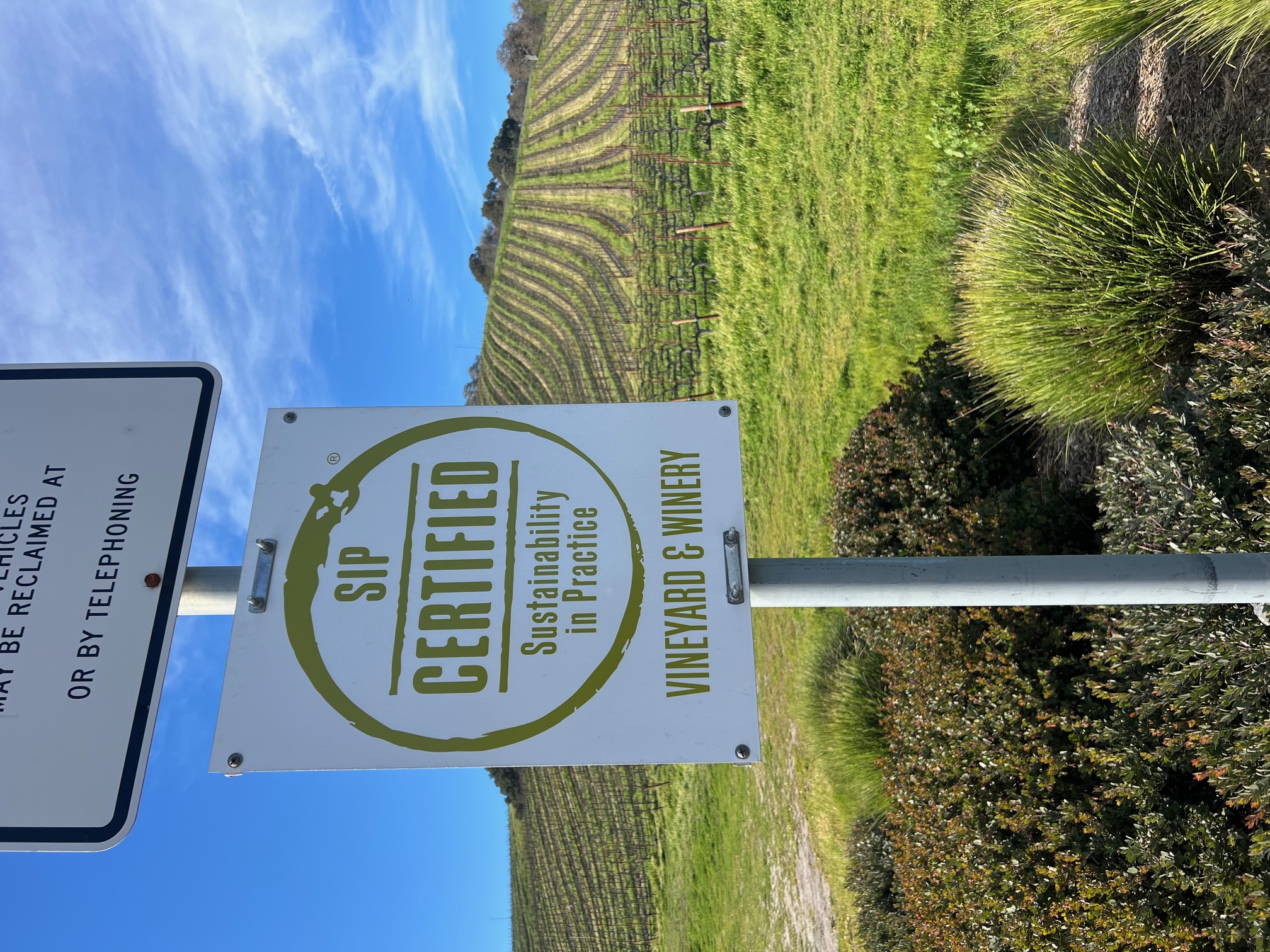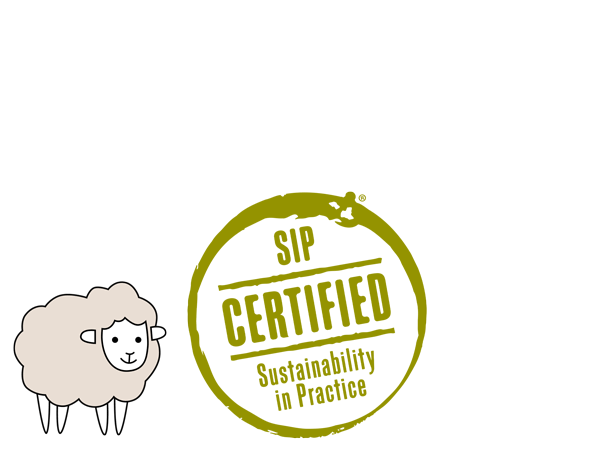From 1994 to 2024: The Origins of the SIP Certified Program
Did you know that wine grape growers on California’s Central Coast were passionate about sustainability over thirty years ago?
 1994 - 1996: The First Sustainable Winegrowing Self-Assessment
1994 - 1996: The First Sustainable Winegrowing Self-Assessment
Back in 1994, a group of wine industry and resource professionals, known as Central Coast Natural Vineyard Team (today, Vineyard Team), began working on a tool to help growers achieve higher levels of sustainability in their vineyard. Two years later, the Team finalized the first ever self-assessment for sustainable winegrowing, the Positive Points System (PPS).
The PPS was a questionnaire that a grower could use to analyze the sustainability of their current practices from habitat preservation to water conservation, soil health to social equity. Plus, they could learn about other practices they could implement to advance their sustainability.
Growers could also use the PPS to compare their practices and sustainability scores over time. They could complete the PPS one year, note areas where they could improve, implement those practices, and see a higher score the next time they took it.
And that’s exactly what they did. Through tracking and analyzing their practices, the participants consistently improved their sustainability year over year.
1996 - 2004: Turning Vision into Reality
The Team knew they were onto something big when they saw the positive results growers were achieving through taking the PPS over the years. They wondered, could this self-assessment tool be turned into an official certification program?
In 2004, they formed a committee to research and develop a robust, comprehensive set of sustainable vineyard farming standards. These standards were science-based and holistic, using decades of knowledge and research to cover topics of biodiversity, social equity, community involvement, water quality, energy efficiency, and much more.
After four years of research and development, and external reviews by over 30 state, federal, environmental, social, agricultural, and university representatives, the Team’s question was answered.
 2008 - NOW!: Get SIP Certified
2008 - NOW!: Get SIP Certified
The official Sustainability In Practice (SIP) Certified program was launched in 2008 with thirteen Central Coast vineyard sites ranging in size from three to 1,200 acres. And because sustainability doesn’t stop in the vineyard, the program published its winery standards in 2016.
The Team also wanted to help consumers who care about sustainability. Consumer demand to understand how their wine was made compelled the group to give wine enthusiasts an easy way to find and identify wines made with SIP Certified fruit. Now, anyone can find a variety of wines to fit their unique taste and stylistic preferences by looking for wines with the SIP Certified logo, or by using the Find Wines tool at SIPcertified.org/find-wines
Today, over 47 thousand certified acres and five wineries across three states, plus over 60.3 million bottles of SIP Certified wine are proof that farmers and winemakers see the value in and embody the ethos of adopting sustainable practices.
Try it for FREE!
In staying with the Team’s original intent of making sustainability improvements accessible to any wine professional, SIP Certified is available to take for free as a self-assessment. Any winegrower or winemaker can use this free tool today to analyze their current practices and advance their sustainability over time.
2024: Celebrating 30 Years
Over the past three decades, Vineyard Team has helped winegrowers and winemakers implement science-based sustainable practices. Through their work, the SIP Certified seal has become a symbol that helps wine enthusiasts trust that the wine in their bottle is made with care for people and the planet.


